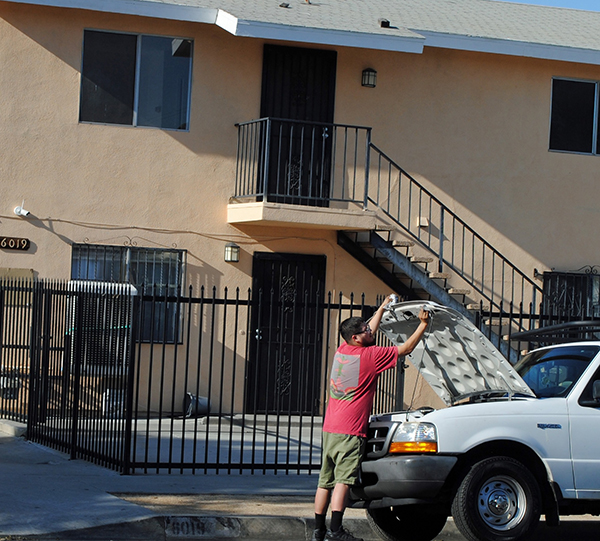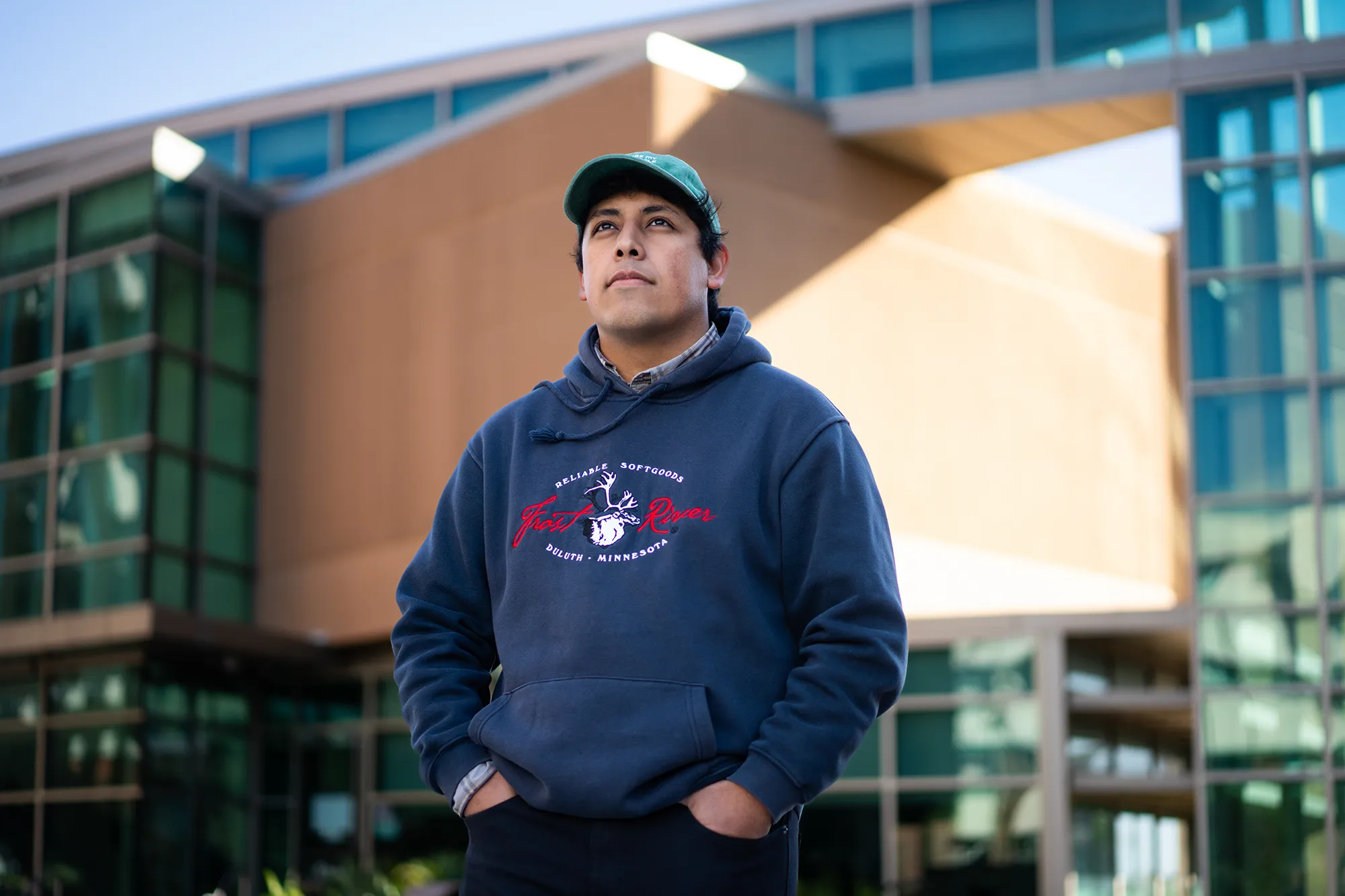By Alfredo Santana
Contributing Writer
BELL GARDENS — The City Council has directed city staff to gather additional data to explore a proposed rent control ordinance that would limit rent increases at 5% of the annual inflation rate in response to hundreds of emails from residents supporting limits to climbing housing costs.
A motion proposed by City Councilman Jorgel Chavez was approved by a 3-2 vote. Staff was directed to find the legal foundation for an ordinance with a maximum annual increase tied to the consumer price index, excluding additional increments allowed under state law.
State law states that rent increases are capped at 5% plus the region’s rate of inflation, or 10% of the lowest rent billed in the last 12 months before the new increase, whichever is lower.
According to the U.S. Bureau of Labor Statistics, the consumer price index rose 8.5% in the last 12 months.
Councilwoman Lisseth Flores and Councilman Marco Barcena backed Chavez’s motion. Mayor Maria Pulido and Councilwoman Alejandra Cortez voted against it.
The motion calls for reaching out to the Legal Aid Foundation of Los Angeles to assist in drafting the city’s ordinance.
Data from City Manager Michael O’Kelly indicated that out of 138 emails received on the subject from current residents, 130 supported a rent control law.
Councilwoman Flores said that the results are a clear message for rent control and called on landlords to continue posting their units at market rates.
“We don’t want to act as a government for low-income families trying to subsidize or giving anything for free,” Flores said. “We are not asking you to act as a government. What the residents want is to have livable conditions.”
She said she has witnessed occupied apartments in disrepair with cockroaches and vermin, and referred tenants to Community Development Director Gustavo Romo to weigh in on illegal eviction notices and harassment from landlords.
Flores said a 16-year-old resident reached out to tell her the family’s landlord is harassing them.
“A 16-year-old should not be writing to a councilmember to [say] her family is afraid of their landlord. … That’s ridiculous,” Flores said.
Adopting a rent control ordinance could pose legal and financial challenges for the city.
According to Romo, either the Housing Division or a new rent control board would be required to follow directions from the council, and handle cases ranging from complaints filed by landlords and tenants to unlawful evictions and even the legality of tenancy contracts.
If the city votes to create a new rent control board, it would have to allocate between $750,000 to $1 million a year to cover staff salaries plus hiring one lawyer.
On the other hand, if administrative duties are handled by the Housing Division employees, Romo estimated the city would need to budget between $150,000 to $250,000 to assist residents while adding another attorney.
“We have to investigate further and put a scenario that says ‘If we get so many cases per year, and we follow up on those cases, [we need] the staff that puts together the meetings and bring the rent control board together and take action.’ And of course we have to take a look at the legal cost too because we have to have an attorney presiding over this,” Romo said.
Speaking at a teleconferenced City Council meeting on April 11, Romo said his goal was to get guidance on how to proceed with the rent stabilization ordinance.
He said about 70% of units for rent in Southeast Los Angeles belong to couples and 30% are owned by large corporations. He did not provide breakdowns on the rental housing stock in Bell Gardens.
Romo said mom and pop landlords usually live in one unit, and the other is registered for rent, and warned of unintended risks that rental caps may transfer repair and maintenance costs to the landlord at current inflation rates of 8.5% a year.
The U.S Census Bureau indicated that in 2020 Bell Gardens had 10,192 housing units, with 9,957 occupied and 235 reported vacant.
It also reported that homeownership reached 21.6%, or about 2,201 of the total available housing, with an error margin of 2.4%.
The census did not shed light on how many rental units are mom and pop or family owned, compared to properties of real estate corporations.
Pulido instructed Romo to gather additional information to show the number of total units, type of owners and the percentage ownership rate of each.
City Attorney Norma Tabares said the courts have found rent control ordinances to be legal so long as they do not prevent owners from getting a fair rental return.
“We don’t want an ordinance that is so restrictive that it would trigger that constitutional challenge,” Tabares said. “That’s what we are referring to when we talk about having a right to a fair return.”
The nonprofit East Yard Communities for Environmental Justice led the call for a rent control ordinance in 2021 with additional protections for renters amid fears of hundreds of evictions tied to COVID-19 business closures that triggered a cascade of employee layoffs.
Two other charity groups, the California Latinas for Reproductive Justice and Union de Vecinas de Bell Gardens, submitted a shared proposal to phase in a rent control ordinance, another to adopt a just cause eviction law, and a third to approve policies to strengthen both.
Before the pandemic caused deficiencies on supply chains of manufactured goods, and gasoline prices climbed following Russia’s invasion of Ukraine, the nonprofits proposed to cap yearly rent increases at 3%, or limit rent cost to climb to 50% of the consumer price index, tagged at 1.4% from 2019 to 2020 by the Bureau of Labor Statistics.
In response, the council ordered a Rent Control Ad Hoc Committee to expand from five to seven members to “ensure greater representation and further address the subject matter,” Romo said in a document.
The Ad Hoc Committee, composed of two council members, two tenants, two landlords and a nonprofit representative, held a public workshop in December and gave directions to seek legal aid for residents with housing concerns.
A second workshop held March 12 included tables staffed with attorneys from the Legal Aid Foundation of Los Angeles, the Housing Rights Center, Stay Housed LA and workers from the Bell Gardens Family Service Center.
Takeaways from those workshops and a committee meeting indicated that a rent control ordinance “may minimize tenant turnover,” landlords must legally receive a fair rate of return, and the ordinance can prevent bad actors, and landlords from harassing tenants.
A new rent stabilization ordinance would not apply to new units for 15 years.
Once the initial draft is ready, the ad hoc committee would discuss the proposal and give the City Council additional feedback.











